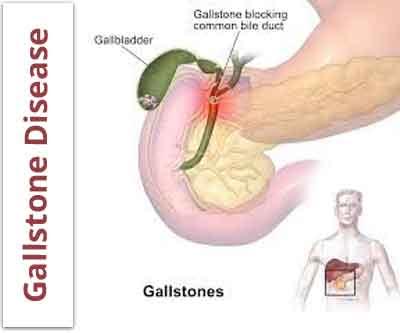- Home
- Editorial
- News
- Practice Guidelines
- Anesthesiology Guidelines
- Cancer Guidelines
- Cardiac Sciences Guidelines
- Critical Care Guidelines
- Dentistry Guidelines
- Dermatology Guidelines
- Diabetes and Endo Guidelines
- Diagnostics Guidelines
- ENT Guidelines
- Featured Practice Guidelines
- Gastroenterology Guidelines
- Geriatrics Guidelines
- Medicine Guidelines
- Nephrology Guidelines
- Neurosciences Guidelines
- Obs and Gynae Guidelines
- Ophthalmology Guidelines
- Orthopaedics Guidelines
- Paediatrics Guidelines
- Psychiatry Guidelines
- Pulmonology Guidelines
- Radiology Guidelines
- Surgery Guidelines
- Urology Guidelines
POCS-guided lithotripsy can clear difficult gallstones in just one session, suggests new study

Delhi: Lithotripsy guided by peroral cholangioscopy (POCS) can clear difficult bile duct stones in a single procedure, according to a recent study. It would be significant in successfully salvaging most prior treatment failures.
Results of the study, published in the Thieme journal Endoscopy, suggests that the procedure (cholangioscopic lithotripsy) should be considered first-line therapy for patients with difficult choledocholithiasis (gallstones in the bile duct) to spare patients from more-aggressive interventions, including surgery.
Peroral cholangioscopy is an important tool for the diagnosis and treatment of various biliary disorders that have been commercially available for over a decade. These devices can also be used to fragment large or complex bile duct stones via electrohydraulic or laser lithotripsy. It can be performed by using a dedicated cholangioscope that is advanced through the accessory channel of a duodenoscope, or by direct insertion of a small-diameter endoscope into the bile duct. Modern peroral cholangiocytes have been commercially available for over a decade.
Lithotripsy is a medical procedure that uses shock waves to destroy physical masses like gallstones, kidney stones or bezoars.
POCS-guided lithotripsy could be a useful tool for the clearance of bile duct stones. However, data is lacking on the effectiveness of POCS-guided lithotripsy for clearing difficult bile duct stones in a single session of endoscopic retrograde cholangiopancreatography (ERCP). Amit P. Maydeo, Baldota Institute of Digestive Sciences, Global Hospital, Mumbai, Maharashtra, India, and colleagues prospectively evaluated outcomes of peroral cholangioscopy (POCS)–guided lithotripsy to treat choledocholithiasis.
For the purpose, the researchers enrolled 156 patients with large or multiple stones, stones above strictures, intrahepatic stones, or other challenging clinical presentations at 17 centers in 10 countries. Most had previously undergone failed attempts at stone extraction. They underwent 174 sessions of POCS-guided electrohydraulic or laser lithotripsy.
Also Read: Stroke risk may decline after gallbladder removal in patients with gallstones
Key findings of the study include:
- Stone clearance had failed in a previous ERCP using traditional techniques in 124/156 patients (80 %), while 32 /156 patients (21 %) were referred directly to POCS-guided therapy based on a preprocedural assessment of the difficulty of stone clearance.
- In 101/156 patients (65 %), there were impacted stones.
- POCS-guided stone clearance was achieved in a single POCS procedure in 125 /156 patients (80 %) and was significantly more likely for stones ≤ 30 mm compared with > 30 mm.
- Serious adverse events occurred in 3/156 patients and included pancreatitis, perforation due to laser lithotripsy, and cholangitis (n = 1 each), all resolved within 1 week.
Also Read: Ultrasound best for initial evaluation of gallstone disease: SAGES
The current findings suggest that there should be a low threshold to undertake POCS-guided lithotripsy in patients with large or complex bile duct stones who are undergoing endoscopic retrograde cholangiopancreatography. Only one session was required for successful treatment in the majority of cases, and this approach potentially spares patients from more-aggressive interventions, including surgery.
To read the complete research log on to DOI: 10.1055/a-0942-9336

Disclaimer: This site is primarily intended for healthcare professionals. Any content/information on this website does not replace the advice of medical and/or health professionals and should not be construed as medical/diagnostic advice/endorsement or prescription. Use of this site is subject to our terms of use, privacy policy, advertisement policy. © 2020 Minerva Medical Treatment Pvt Ltd